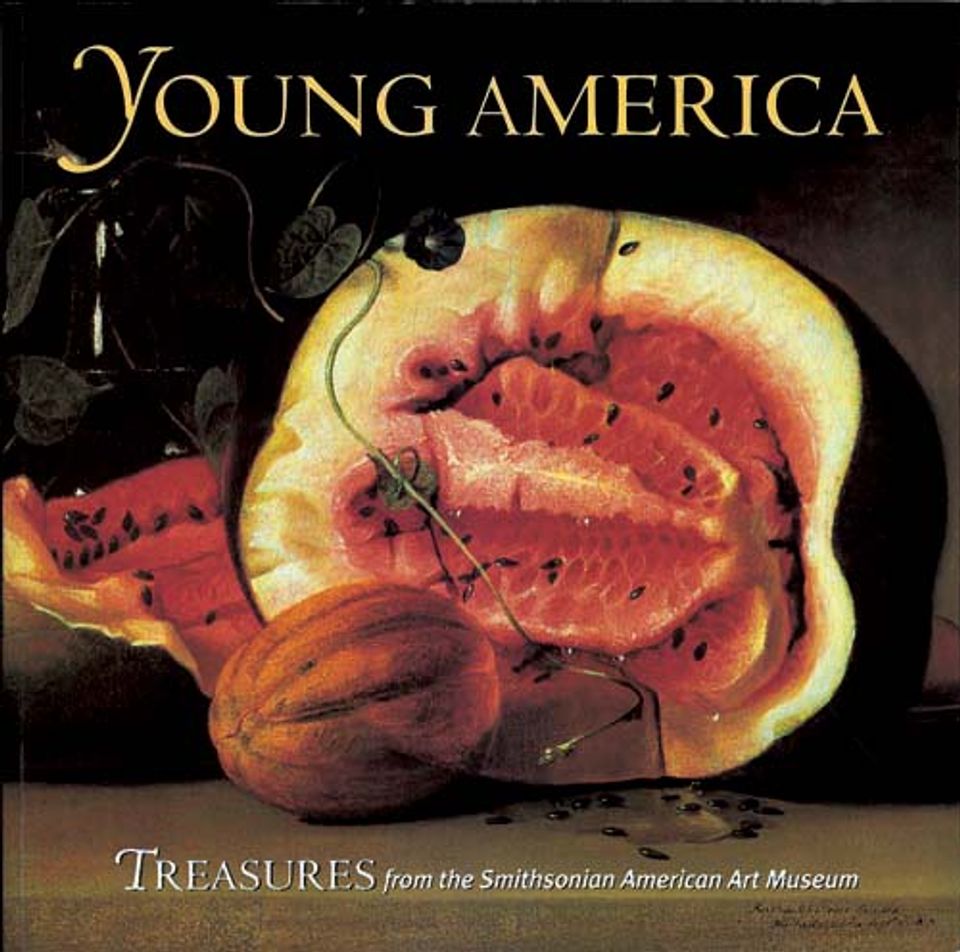Thomas Le Clear
- Also known as
- Thomas LeClear
- Born
- Owego, New York, United States
- Died
- Rutherford Park, New Jersey, United States
- Active in
- New York, New York, United States
- London, Ontario, Canada
- Goderich, Ontario, Canada
- Buffalo, New York, United States
- Biography
Thomas LeClear was born in the village of Candor, near Owego, in upstate New York, and demonstrated an early interest in painting. According to Henry T. Tuckerman's Book of the Artists, first published in 1867, LeClear, at the age of twelve, completed a painting of Saint Matthew, which was so admired by his neighbors that they were willing to pay him two and a half dollars for copies. In 1832 his family moved to Ontario, Canada, and a few years later LeClear became an itinerant portrait artist and decorative painter in upstate New York and as far west as Green Bay, Wisconsin.
In 1839 he moved to New York City, "an almost penniless stranger," according to Tuckerman, and opened a studio. He reportedly studied for several years with Henry Inman, who was at that time one of the city's leading artists. By 1847 LeClear, not yet thirty years old, had begun to win substantial recognition for his work. He began exhibiting at the National Academy of Design in 1845, and in the next few years several of his genre paintings were acquired by the American Art Union.
In 1847 LeClear moved to Buffalo, New York, where he saw possibilities for a successful career in a city with a flourishing commercial port. His calculations proved correct. In short order he became an important member of Buffalo's art community and acquired many wealthy local patrons. A founding member of the Buffalo Fine Arts Academy (later to become the Albright-Knox Art Gallery), LeClear served on its board for many years. In addition to portraits, he also produced a substantial number of genre paintings. Many of the latter were street life scenes, in which children were featured in whimsical situations.
In the early 1860s LeClear moved back to New York City. He was elected to full membership in the National Academy of Design in 1863. Within a decade after his return to the city, he was one of the most prominent portrait painters on the East Coast. He died in Rutherford, New Jersey, in 1882.
National Museum of American Art (CD-ROM) (New York and Washington D.C.: MacMillan Digital in cooperation with the National Museum of American Art, 1996)














